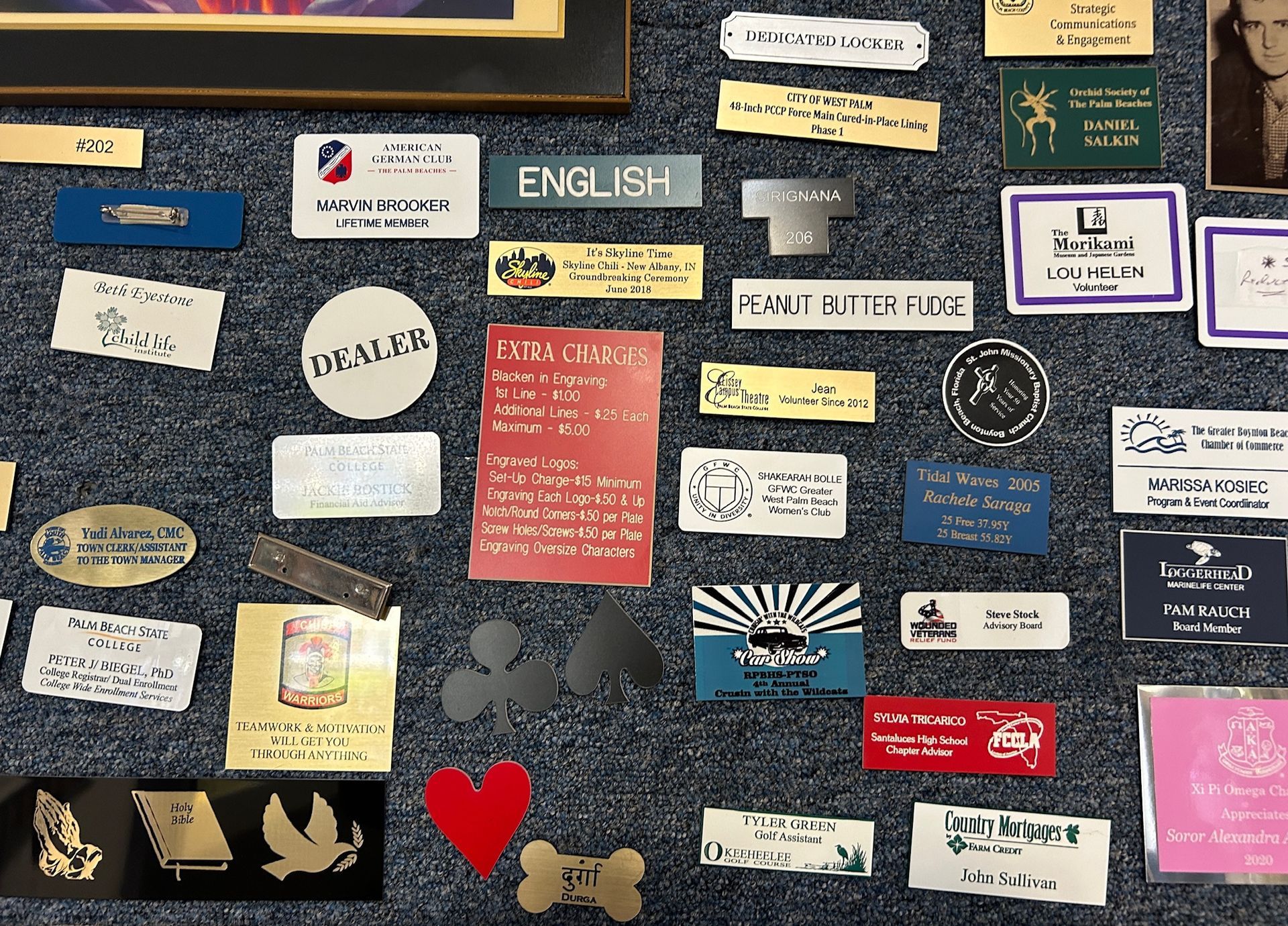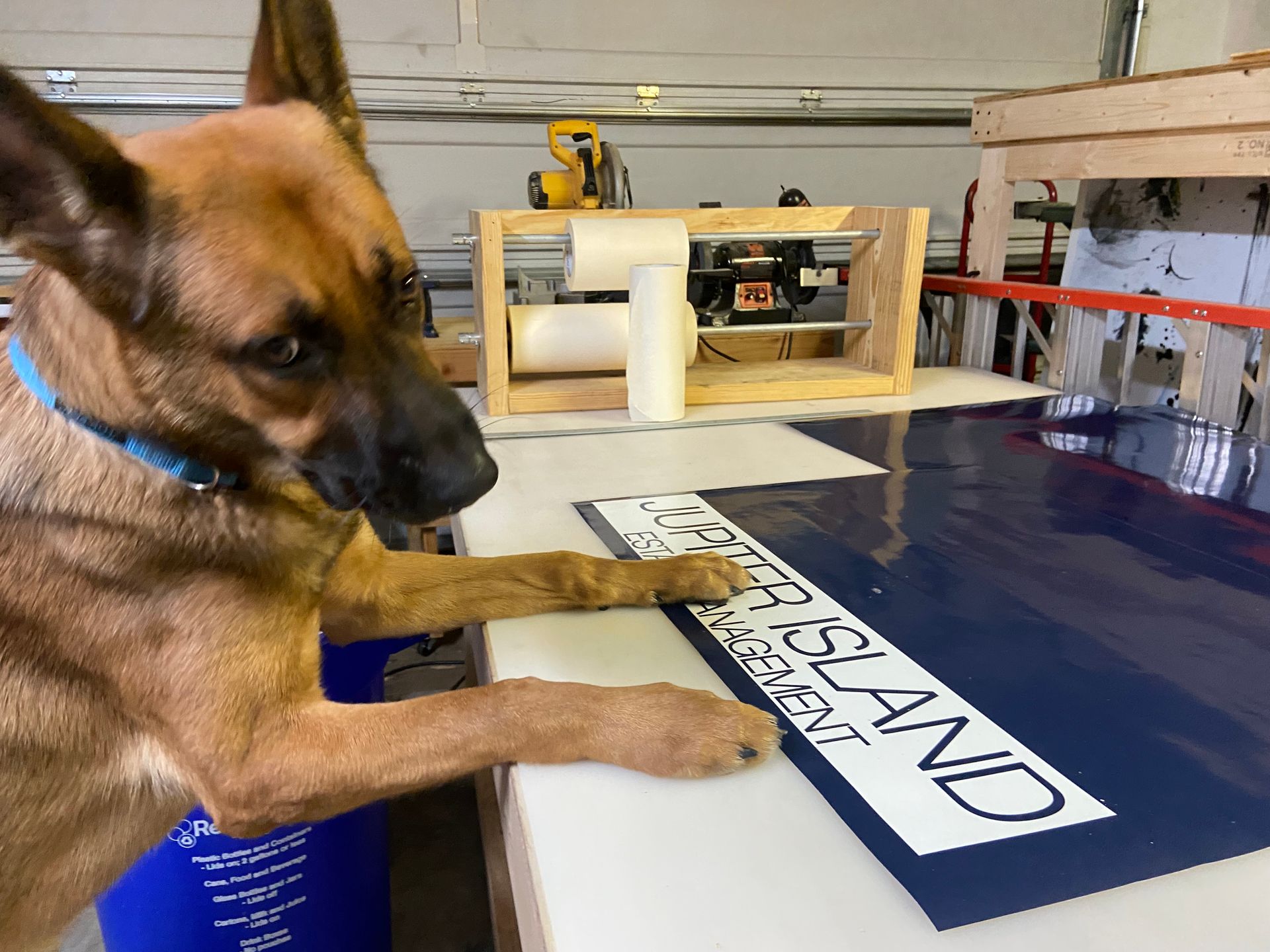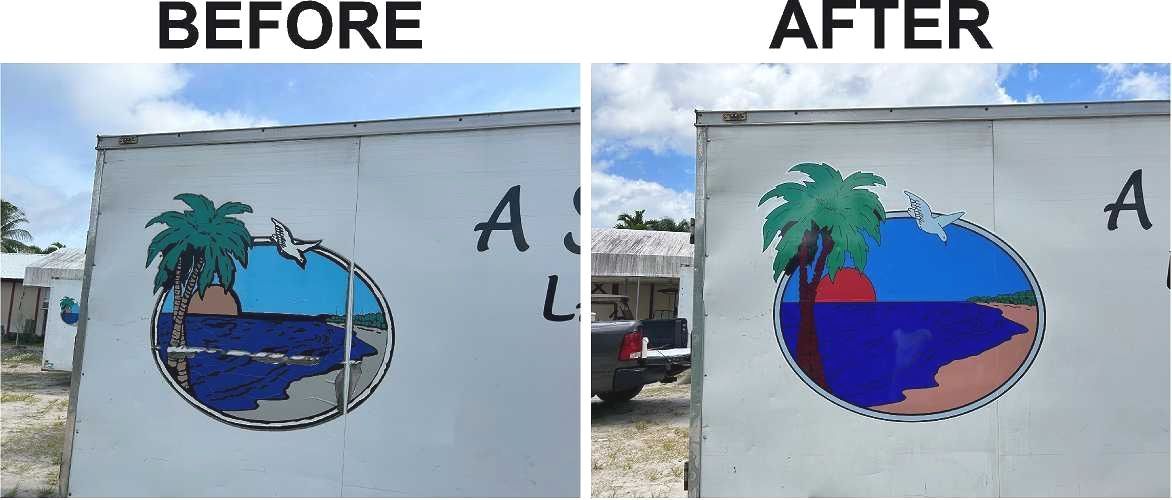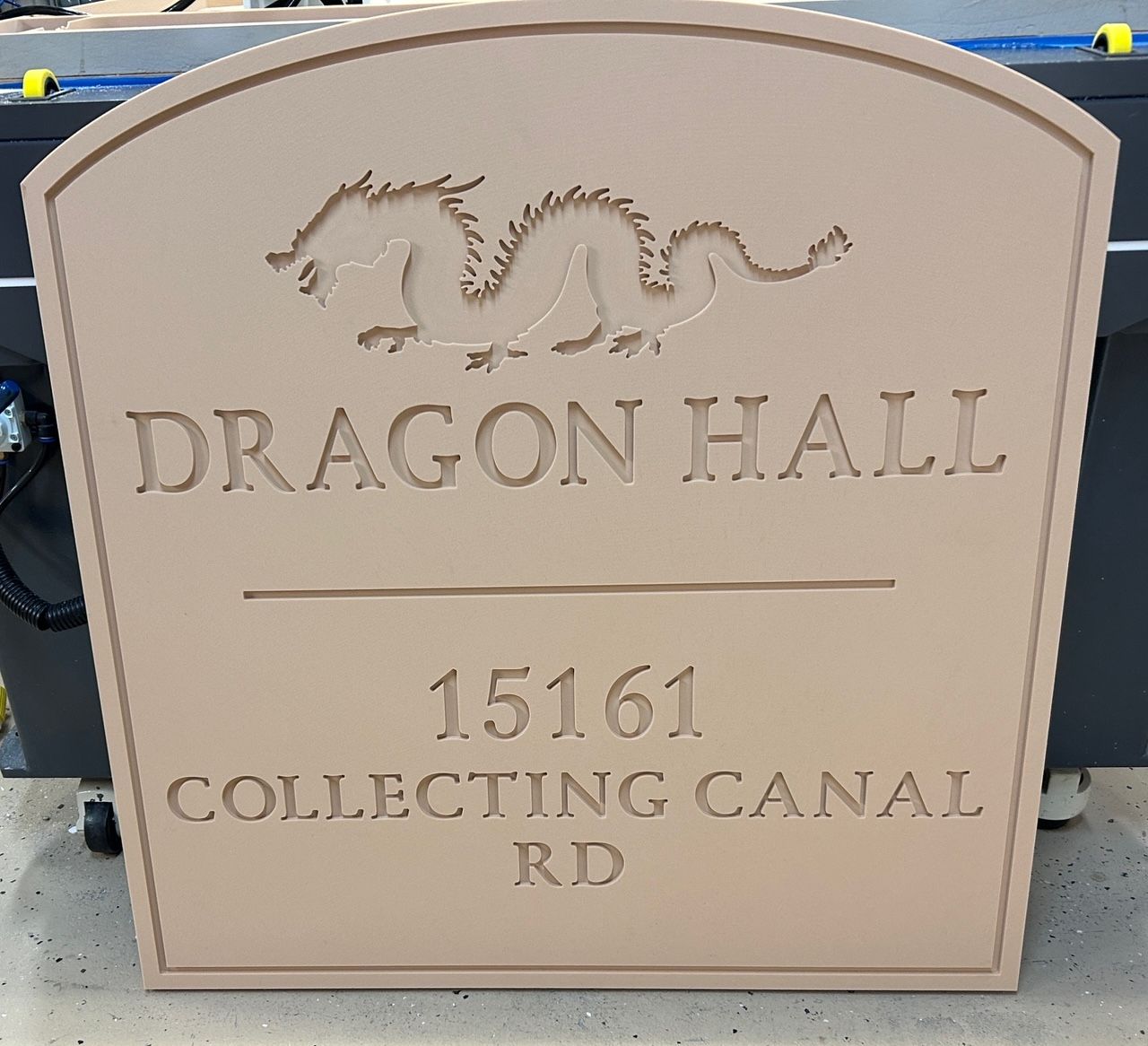Title: The Art of Window Lettering: A Guide to Captivating Design

In the world of signage and visual communication, window lettering stands out as a timeless and versatile method of conveying messages, branding businesses, and adding a touch of artistic flair to any storefront. Whether you're a small business owner looking to make a memorable first impression or a creative individual exploring the world of design, this blog post will serve as your comprehensive guide to the art of window lettering.
Why Window Lettering?
Window lettering is a powerful tool for both businesses and individuals. Here's why it's worth considering:
- Eye-Catching: Bold and well-designed window lettering grabs the attention of passersby, making it an effective advertising medium.
- Cost-Effective: Compared to other forms of advertising, window lettering is often more budget-friendly, and it's a one-time investment that can last for years.
- Versatility: Window lettering can be used for various purposes, such as business names, logos, promotional messages, or decorative designs.
- Customization: You have the creative freedom to customize your window lettering to match your brand identity or personal style.
Now, let's dive into the steps to create captivating window lettering:
Step 1: Planning
Before you pick up a brush or contact a professional sign maker, it's crucial to plan your window lettering project. Consider the following:
- Message: What do you want to convey? Is it your business name, a promotional offer, or a decorative element?
- Design: Think about the style, colors, and fonts that align with your brand or personal aesthetic. Make sure it's visible and legible from a distance.
- Size and Placement: Measure your window space carefully and decide where the lettering will go. Ensure it won't obstruct visibility from inside or outside.
Step 2: Material Selection
There are various materials to choose from for window lettering:
- Vinyl: Ideal for outdoor use, vinyl lettering is durable, weather-resistant, and comes in a wide range of colors.
- Static Cling: This type of lettering can be easily removed and repositioned, making it a good choice for temporary promotions.
- Hand-Painted: For a unique and artistic touch, consider hiring a professional artist to hand-paint your window lettering.
Step 3: Design and Typography
If you're not confident in your design skills, it's wise to consult a graphic designer or sign maker. Here are some design tips:
- Font Choice: Select fonts that reflect your brand's personality – whether it's modern, classic, or playful.
- Color Palette: Use colors that are consistent with your brand or theme. Consider high-contrast combinations for readability.
- Layout: Experiment with different layouts, such as centered, left-aligned, or a creative arrangement that suits your message.
Step 4: Installation
Installing window lettering requires patience and precision:
- Clean the Surface: Ensure the window is clean and free of dirt or residue.
- Positioning: Use a level and measuring tape to ensure the lettering is straight and centered.
- Application: Follow the manufacturer's instructions for applying the chosen material. This may involve using transfer tape or adhesive backing.
Step 5: Maintenance
Regular maintenance keeps your window lettering looking its best:
- Cleaning: Clean the lettering with a mild detergent and a soft cloth to remove dirt and grime.
- Check for Damage: Inspect the lettering for any signs of peeling, fading, or damage. Replace or repair as needed.
In conclusion, window lettering is a fantastic way to make a statement, promote your business, or add an artistic touch to your surroundings. With careful planning, design, and installation, you can create captivating window lettering that leaves a lasting impression. Whether you're a business owner or a creative enthusiast, embrace the art of window lettering and watch your ideas come to life on your storefront.

















